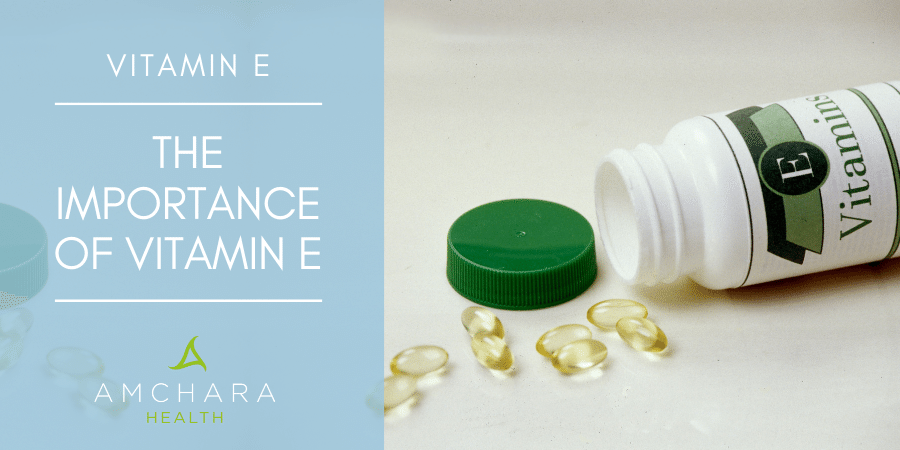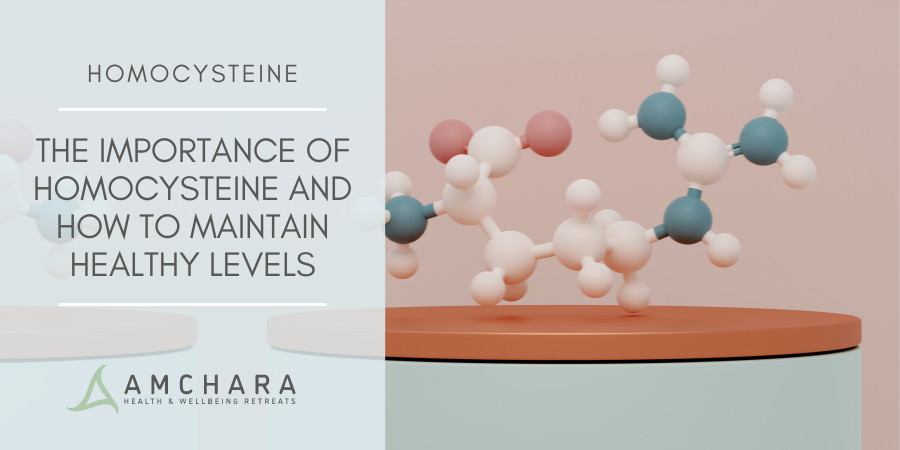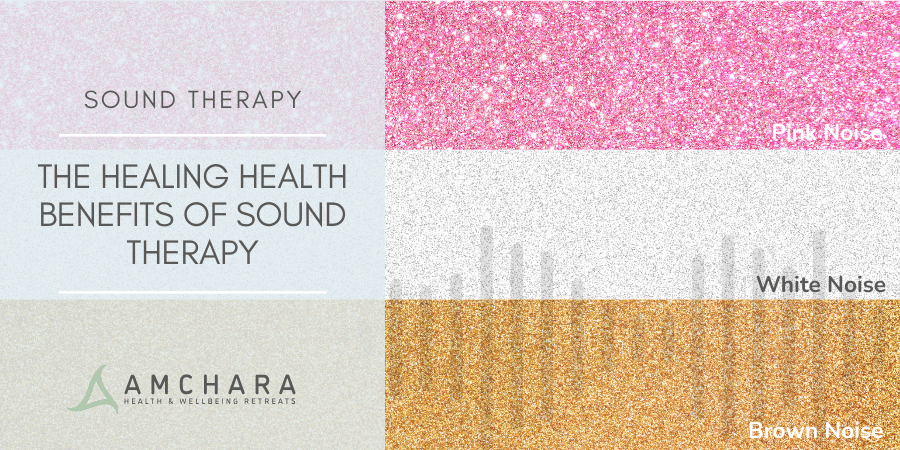Topics covered in this article:
Vitamin E is one of the fat soluble vitamins and is known to be a potent antioxidant.
In this article we take a look at the evidence behind vitamin E, how it functions in the body and which areas of health it benefits.
Types of Vitamin E
Vitamin E refers to a group of naturally occurring compounds.
These consist of four types of tocopherols (alpha, beta, gamma and delta) and four types of tocotrienols (alpha, beta, gamma and delta).
Out of these eight compounds the body preferentially uses alpha-tocopherol although the others also have important functions within the body.
Sources of Vitamin E
Foods such as nuts and seeds, particularly sunflower seeds, almonds and hazelnuts, are very good sources of vitamin E.
Oils like wheat germ oil, olive oil and canola oil contain varying levels of vitamin E.
Other sources include trout, shrimp, avocado, butternut squash, broccoli, spinach and kiwi.
Recommended Intake
The European Food Safety Authority (EFSA) suggest that in order to maintain good health the following levels of vitamin E intake are met (1):
|
Age |
Daily intake |
| 7-11 months | 5mg |
| 1-3 years | 6mg |
| 3-10 years | 9mg |
| 10-18 years | 13mg boys
11mg girls |
| 18 years + | 13mg men
11mg women |
These guidelines may be seen as the bare minimum needed to prevent deficiency and are not based on the presence of other factors such as current health issues.
As vitamin E is fat soluble it can be stored in the body and a high intake of vitamin E is known to be toxic.
This is usually seen though supplementation rather than dietary intake.
It may lead to an increased risk of bleeding, particularly in those who have blood clotting issues or those on anti-coagulant drugs.
Function in the Body
Antioxidant – this is one of the primary roles of vitamin E and as a fat soluble vitamin it is particularly useful at protecting fats.
Cell membranes have a fatty bilayer and vitamin E helps to protect the cell membrane, therefore helping to keep cells healthy.
It also protects carrier molecules like LDL (which carries cholesterol from the liver to areas around the body); this reduces potential damage linked to cardiovascular disease (2).
Once vitamin E has been used as an antioxidant it requires vitamin C to regenerate it.
Immunity – vitamin E is shown to support several areas of cellular immunity involved in recognising and dealing with changes associated with cancer.
It also supports cells involved in dealing with infections and may reduce the risk of contracting upper respiratory tract infections, such as the common cold (3).
Anti-inflammatory – although alpha-tocopherol is used preferentially in the body, it has been shown that other types of vitamin E possess more potent anti-inflammatory potential.
These include gamma-tocopherol, delta-tocopherol and gamma-tocotrienol.
Gamma-tocopherol is found in walnuts, pecans and sesame seeds.
These natural forms of vitamin E are converted in the body into a compound that positively influences several areas of the inflammatory cascade (4).
Vitamin E and Health
Immune Function – due to age, immune functioning becomes impaired – this is a natural process.
Vitamin E may help to reduce this deterioration, preserving a healthy functioning immune system into old age (3).
Heart Disease – adequate dietary intakes of vitamin E are linked to reduced risk of heart attack or death from heart disease (4,5).
Studies conducted into the effectiveness of supplemental vitamin E in heart disease are mixed; many of the studies have involved age populations at a higher risk for heart disease, or where there are already existing cardiovascular issues.
Studies into healthier, younger individuals and investigating how a variety of the different types of vitamin E may be of benefit to cardiovascular health may give more definitive results.
What is known is that the antioxidant and anti-inflammatory actions of vitamin E may help protect against changes associated with the development of cardiovascular issues like atherosclerosis.
Age-related Macular Degeneration (AMD) – is a condition that leads to reduced or blurred vision. It is more commonly associated with ageing.
Evidence is unclear as to whether vitamin E alone may reduce the risk of developing AMD or slow the progression.
However, vitamin E, in combination with other antioxidants like vitamin C, zinc, beta-carotene and copper showed good results.
Many antioxidants do not work in isolation and a combination approach may be more effective – this may explain some of the results found in the Age-Related Eye Disease Study (AREDS) (7).
Non-alcoholic fatty liver disease – promising research into the use of vitamin E in non-alcoholic fatty liver disease has shown improvements in disease activity score (8), reduction in markers of liver dysfunction and oxidative stress, improved insulin sensitivity and overall liver function improvements (9, 10).
It is clear that vitamin E has potent antioxidant properties and plays a protective role in health.
It has an affinity for protecting cell membranes and for reducing oxidative stress.
Research into the benefits of vitamin E in several areas of health often show conflicting results, either no benefit seen or a negative effect.
This does not necessarily mean that vitamin E is not beneficial.
It may be explained by the complex nature of antioxidants themselves – often they work in synergy and require others to work effectively or to be regenerated.
If these nutrients are not present, or only in insufficient amounts, this may affect the outcomes.
The clear evidence that is available indicates dietary vitamin E is necessary to offer protection for the body and a good daily intake is required.
If you would like to know more about vitamin E and your health, then obtaining advice from an Amchara Personalised Health practitioner can be beneficial, especially if medication is being taken.
We’re dedicated to providing you with both insightful information and evidence-based content.
Did you find this article useful?
With your comments we’d love to continue the conversation.
Please share your thoughts in the comments.
READ THIS NEXT:




